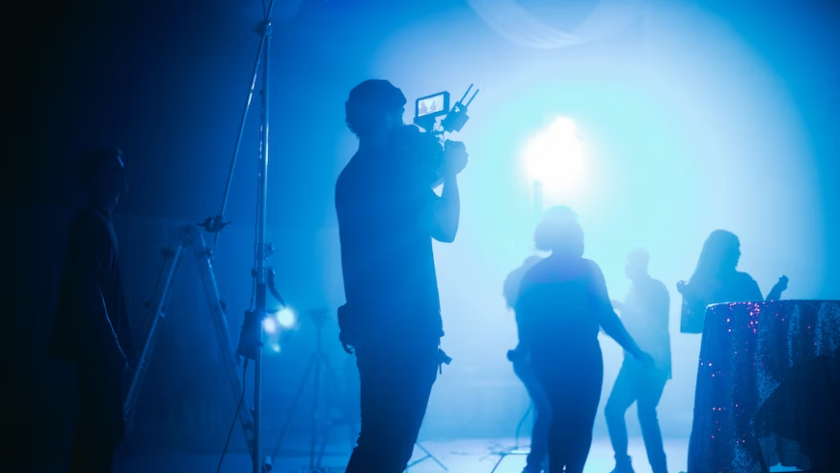While the camera and actors may steal the spotlight, there’s an unsung hero behind every successful video production: lighting. The power of lighting cannot be underestimated in the world of filmmaking. It sets the mood, highlights important elements, and elevates the overall visual quality of a video. So read on to delve into the fascinating realm of lighting in video production, uncovering tips and tricks to help you harness its full potential.
The Importance of Lighting in Video Production
Lighting is not just about illuminating a scene – it is an art form that can make or break the visual impact of a video. Good lighting enhances the mood and atmosphere, draws attention to specific subjects or objects, and evokes emotions in the audience. You can consider doing your video production with Square Daisy and create content for your business that’s high-quality and worthwhile. Imagine a horror movie without eerie shadows, a romantic scene devoid of soft, warm hues, or a documentary lacking the natural light that brings the story to life. The absence of proper lighting can result in dull, flat images that fail to captivate the viewer.
Types of Lighting Techniques
In the world of video production, different lighting techniques serve different purposes. Three commonly used techniques are key lighting, fill lighting, and backlighting. Key lighting is the primary light source that illuminates the subject, creating depth, shadows, and highlights. Fill lighting complements the key light by reducing shadows and balancing the overall lighting in a scene.
Backlighting, placed behind the subject, adds depth and separation, creating a visually striking effect. By mastering these techniques and experimenting with their combinations, video producers can manipulate light to suit their desired aesthetic and narrative goals.
Tips for Effective Lighting Setup
Setting up lights for video production involves careful planning and execution. One crucial aspect is understanding the color temperature of light sources. Different light sources emit light with varying color temperatures, which can impact the overall mood and tone of a video. It is essential to balance and match the color temperatures of all light sources to create a visually cohesive and pleasing result.
Additionally, controlling light intensity, diffusion, and direction can dramatically alter the mood and emphasize specific elements within a scene. By using lighting modifiers such as softboxes, umbrellas, and reflectors, video producers can shape and sculpt the light to achieve their desired look.
Creative Lighting Techniques
While understanding the fundamentals of lighting is essential, video producers should also embrace creativity to push the boundaries and make their productions stand out. Experimenting with unconventional lighting techniques can yield unique and visually captivating results.
Whether it’s using colored gels to create a vibrant and surreal atmosphere or employing practical lights to add depth and realism, the possibilities are endless. By thinking outside the box and exploring innovative lighting approaches, video producers can infuse their projects with a distinct visual flair that captures the audience’s attention.
In the world of video production, lighting plays a pivotal role in shaping the narrative, evoking emotions, and captivating the audience. By understanding the importance of lighting, mastering various techniques, and embracing creativity, video producers can harness the true power of lighting to elevate their productions to new heights. So, the next time you’re behind the camera, don’t overlook the significance of lighting. Embrace its potential, experiment fearlessly, and watch as your videos come alive with a mesmerizing visual allure.





